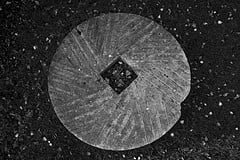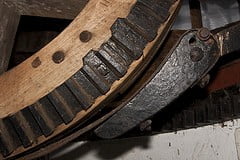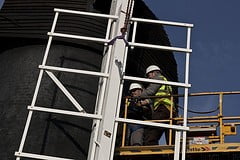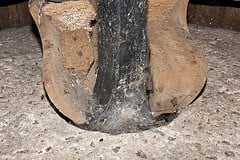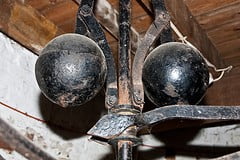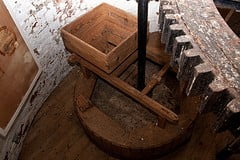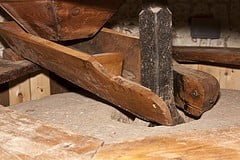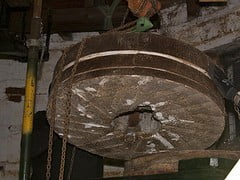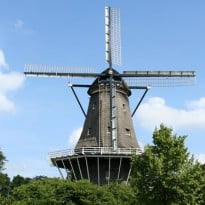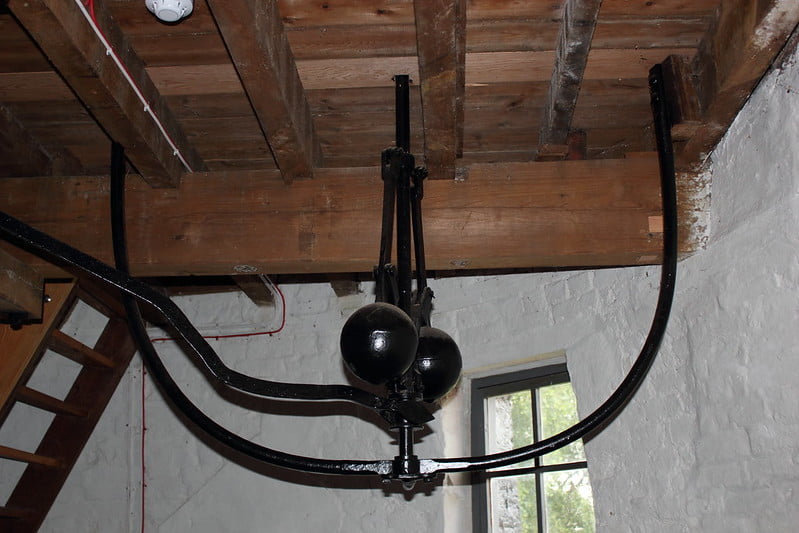- Home
- What’s On
- History
- Visit
- Getting here
- Plan your visit
- Book a windmill tour
- Group visits
- Guided walks from Brixton Windmill
Come and visit London's last working windmill. Plan a school visit, hire our venue or join a group tour.
- Schools
- Windmill Gardens
- Venue hire
- Brixton Windmill Shop
- Get involved
- News

